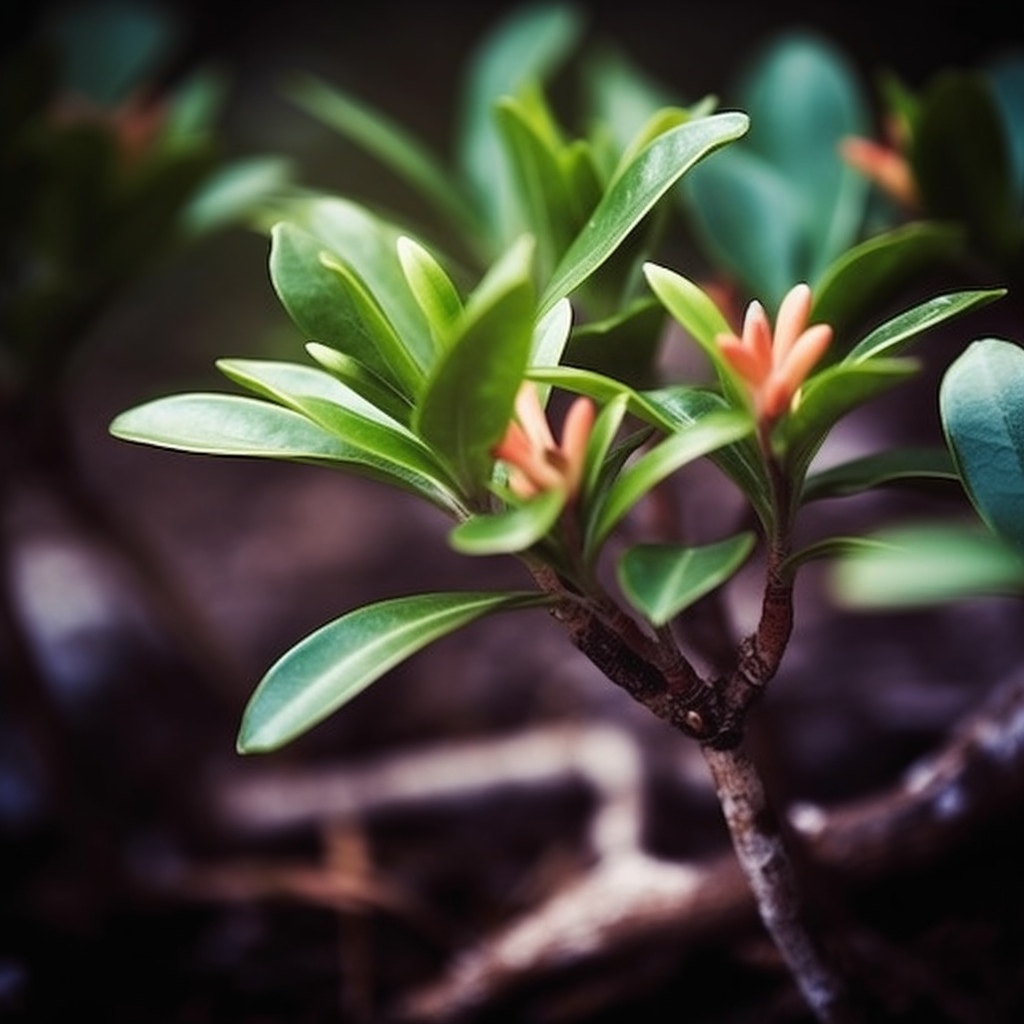Story of Day :
Contents
The Daphne Plant: A Complete Guide and Care Tips
Are you looking for a fragrant and beautiful plant to add to your garden? Look no further than the daphne plant! This evergreen shrub is native to Europe and Asia, but has become popular in gardens around the world thanks to its stunning blooms and sweet scent. In this complete guide, we will cover everything you need to know about caring for daphne plants.
Types of Daphne Plants
There are many different types of daphne plants available on the market. Some popular varieties include:
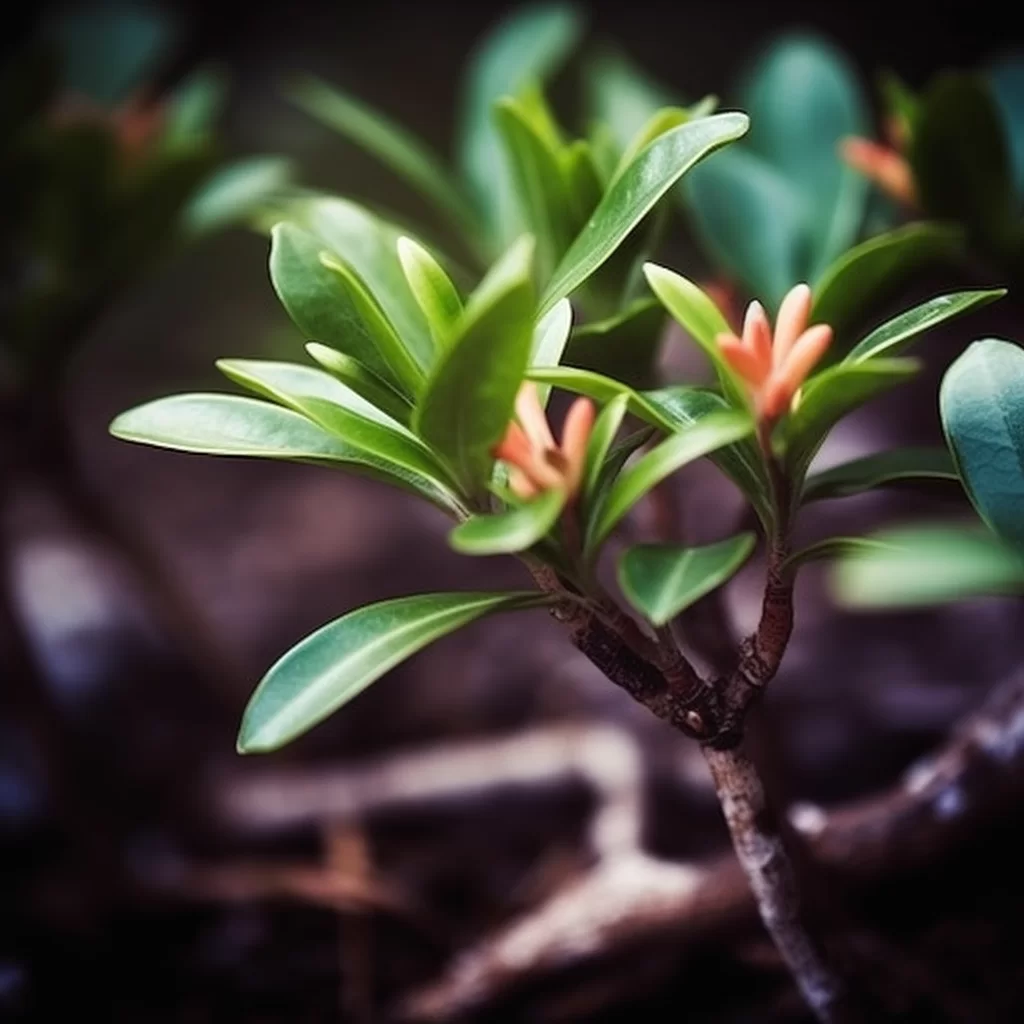
- Daphne odora: This variety is known for its sweet fragrance and pink or white flowers.
- Daphne x burkwoodii: A hybrid between D. cneorumand D. caucasica, this variety produces heavily scented white or pink flowers in clusters up to 4 inches wide.
- Daphnemaejima: With variegated leaves that are green with yellowish-white edges, this variety produces fragrant lilac-pink flowers in late winter or early spring.
Growing Conditions
If you want your daphnes to thrive, it is important that they are grown in the right conditions. Here’s what you need to know:
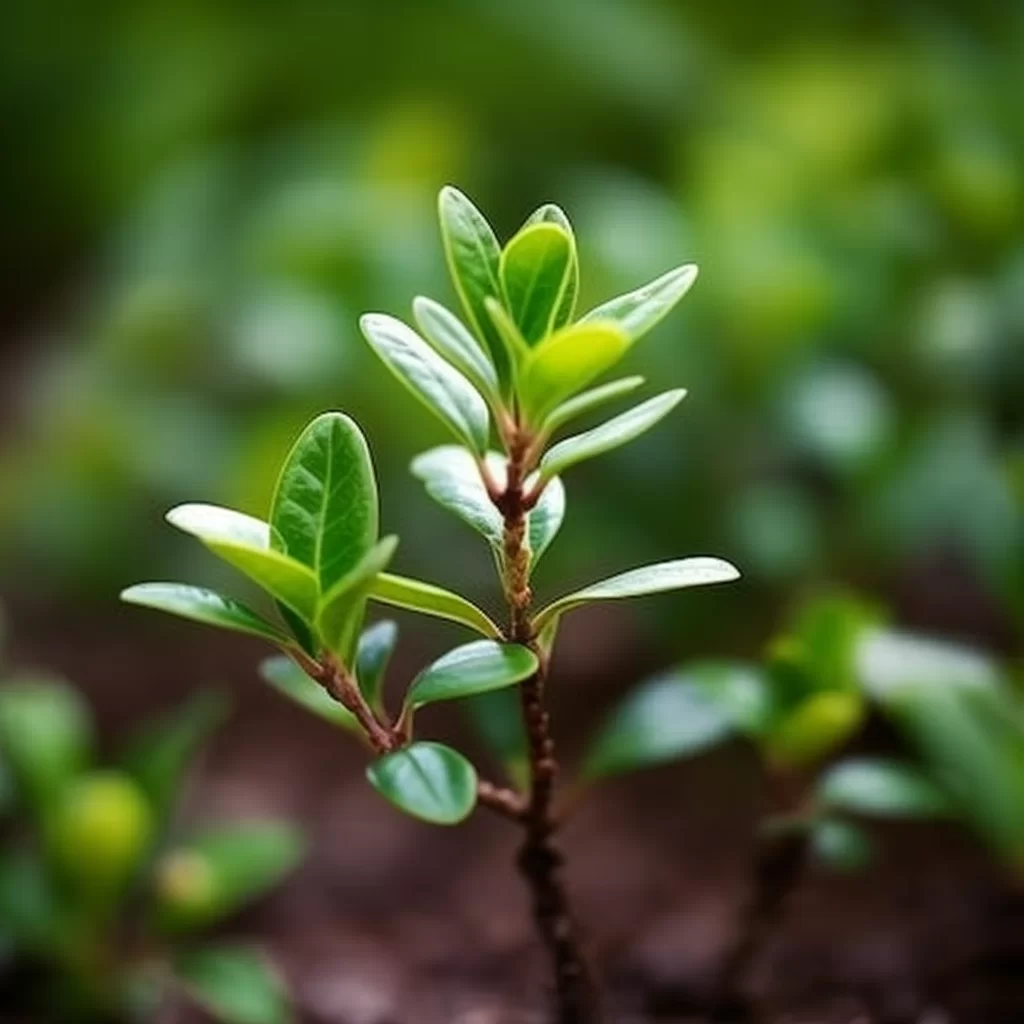
- Sunlight: Most varieties prefer partial shade; too much sun can damage their delicate leaves.
- Soil: Daphe plants thrive best in well-drained soil that is rich in organic matter. Avoid planting them where water tends to accumulate as they do not tolerate standing water well which causes root rot easily.
- Watering needs – They like moist soil but do not overwater them as excessive moisture will cause root rot.
- Temperature: Daphnes prefer cool to moderate temperatures and are not suited for hot or dry regions.
Care Tips
Daphne plants require a bit of extra care compared to other shrubs, but it is worth the effort for the beautiful blooms and sweet fragrance they provide. Here are some tips:
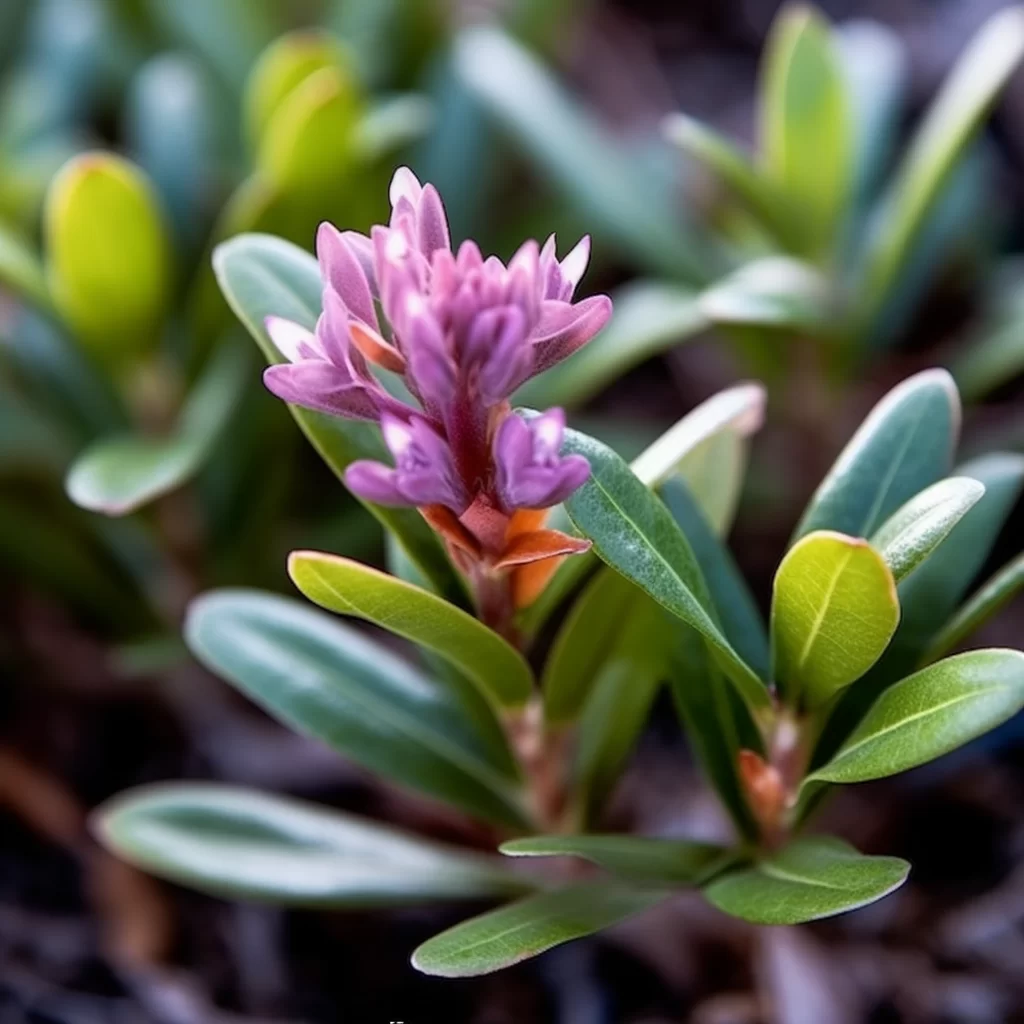
- Pruning: Prune your daphne plant after blooming in spring so that new growth has enough time to emerge before winter.
- Fertilization: Apply fertilizer in early spring to give your daphne plant a boost before blooming season starts.
- Transplanting – Once planted, avoid transplanting them as they do not handle disturbances well. Only transplant them when it is completely necessary.
- Propagation: Propagation can be done through cuttings taken in June or July by removing hardwood stems from the parent plant and rooting them into pots with moist soil mix under humid conditions.
Pest Control and Diseases
Disease issues include root rot, leaf spot, powdery mildew, virus infections; pests such as spider mites aphids, scales can also be problematical on their foliage. You can control these by applying organic pesticides early enough depending on the severity of infestation Experienced gardeners advise against using chemical sprays as they tend to harm beneficial insects present in your garden area plus any surrounding animals or pets that may come into contact with sprayed plants.
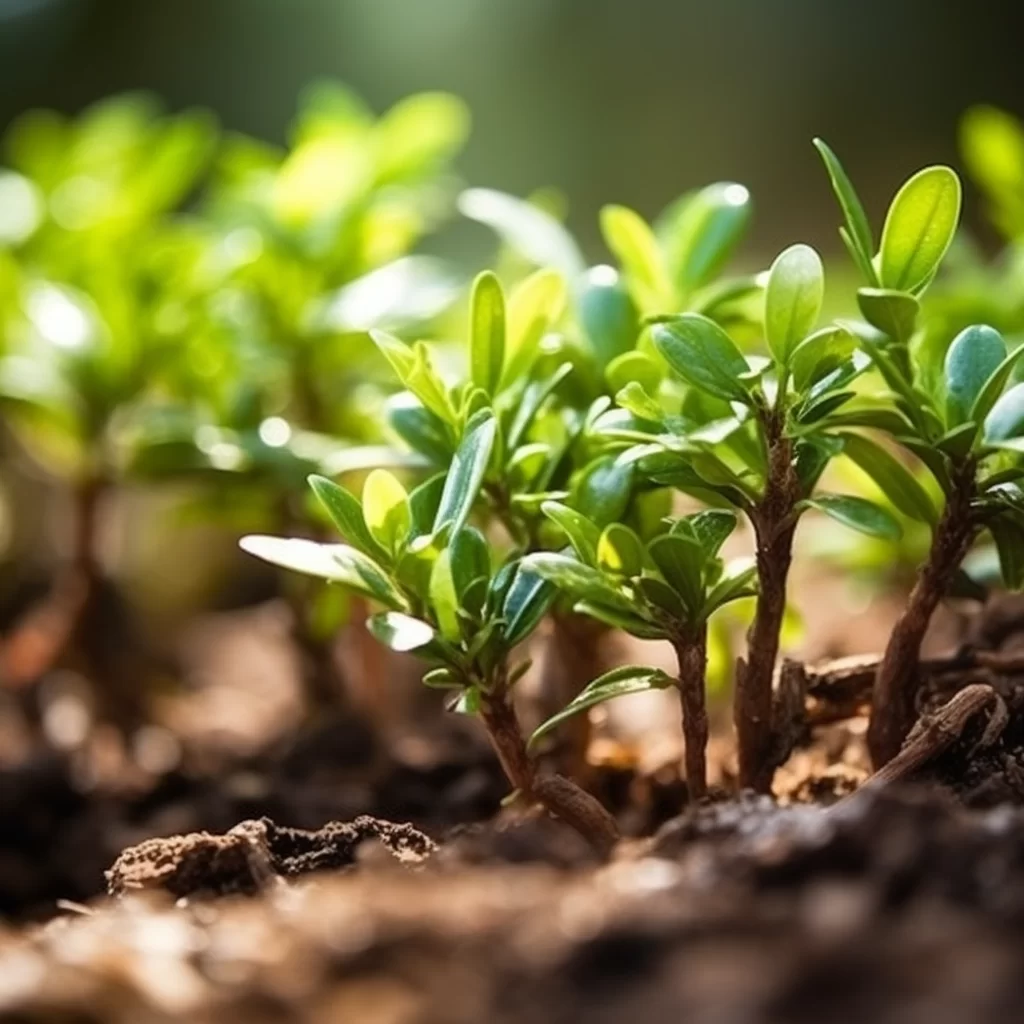
SUMMARY
The daphne plant is a fragrant addition that adds beauty and scent to any garden setting if well taken care of through proper maintenance practices including pruning ,fertilization among others outlined above . If you’re considering adding this shrub to your garden, be sure to provide it with the right growing conditions and care, and enjoy the sweet scent of its blooms for years to come.
